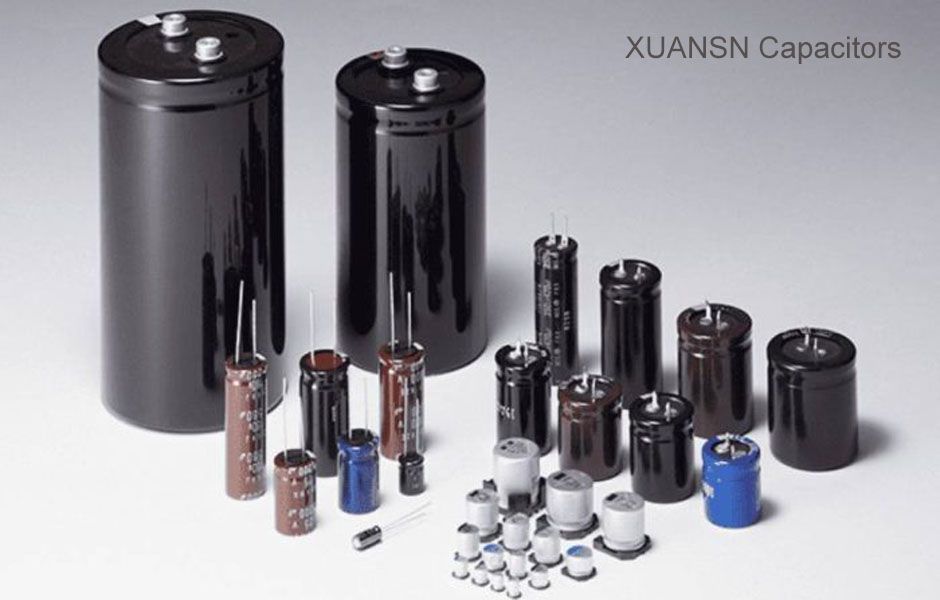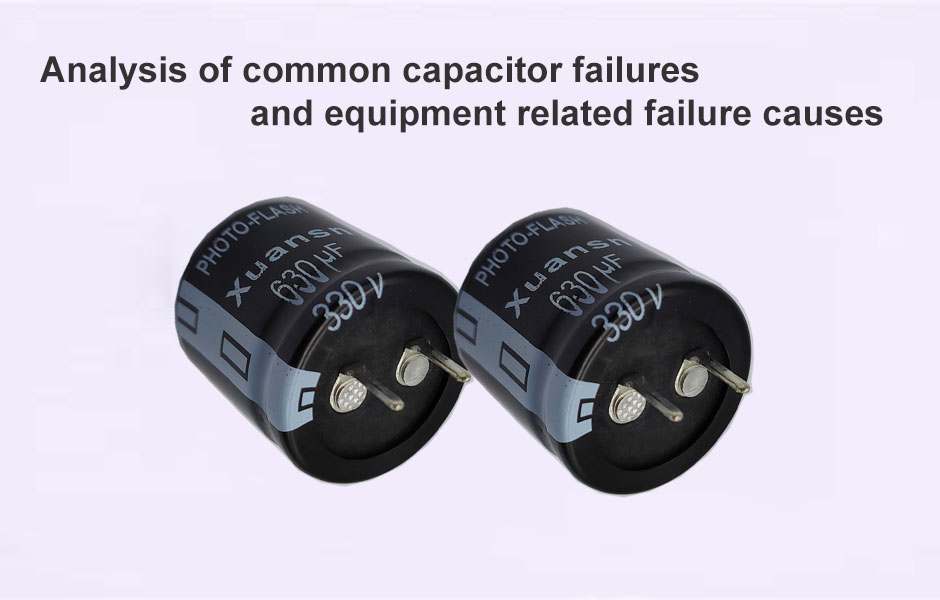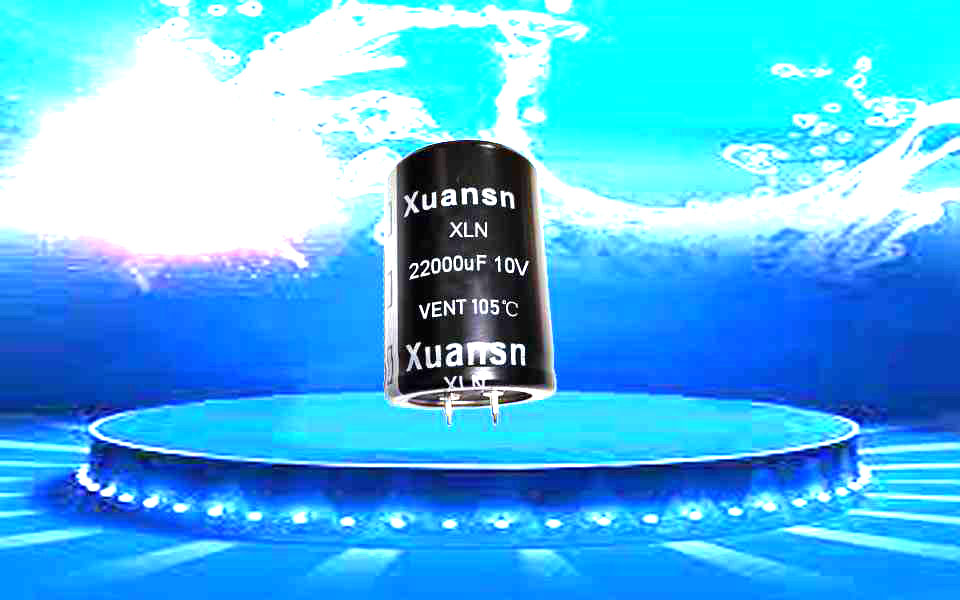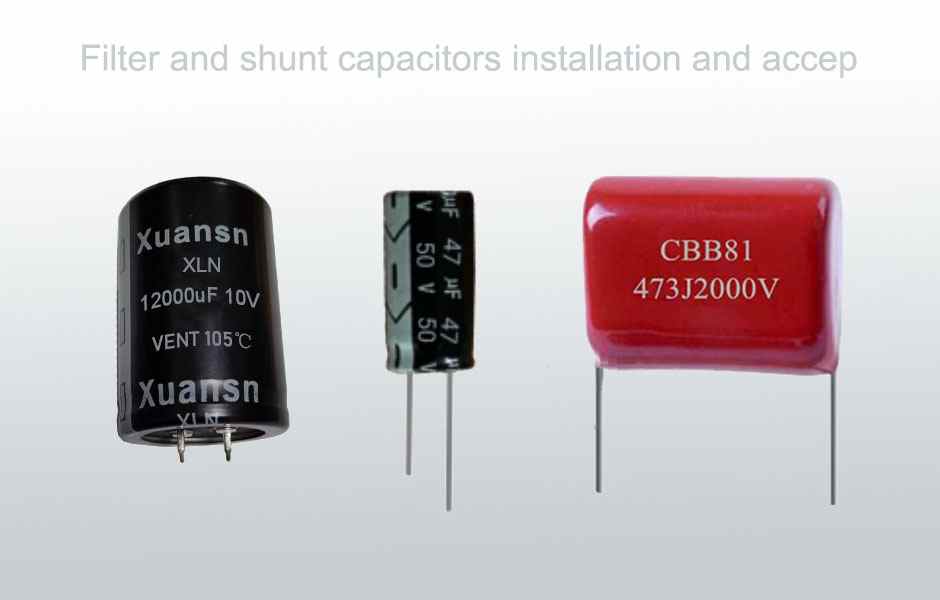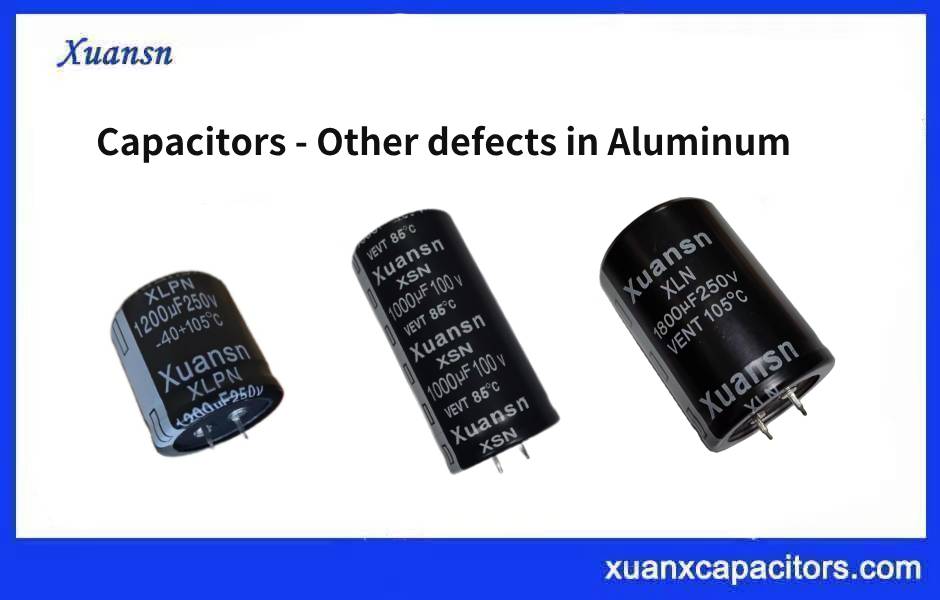Which capacitor is more suitable for filter circuit?
Many electronic designers know the role of filter capacitors in the power supply, but the filter capacitors used at the output of the switching power supply are not the same as the filter capacitors selected in the power frequency circuit. They are commonly used as filters in the power frequency circuit. Electrolytic capacitors have a pulsating voltage frequency of only 100 Hz, and the charging and discharging time is in the order of milliseconds. In order to obtain a small pulsation coefficient, the required capacitance is as high as hundreds of thousands of microfarads. Therefore, ordinary aluminum electrolytic capacitors are generally used for low frequency. The goal is to increase the capacitance. The capacitance, loss tangent and leakage current of the capacitor are the main parameters to identify its pros and cons.
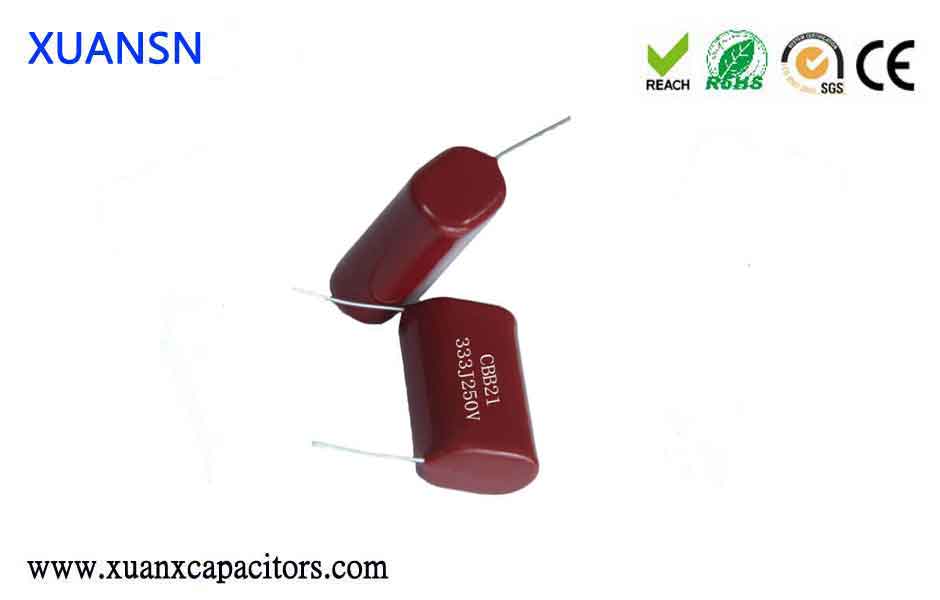 As an electrolytic capacitor for output filtering in a switching stabilized power supply, the frequency of the sawtooth voltage on it is as high as tens of kilohertz, or even tens of megahertz. Its requirements are different from those in low-frequency applications. The capacitance is not the main indicator. The good or bad is its impedance-frequency characteristic, which requires it to have a low impedance in the working frequency band of the switching stabilized power supply. At the same time, for the power supply, the semiconductor device starts to work and generates up to hundreds of kilohertz. Spike noise can also have a good filtering effect. Generally, the impedance of ordinary electrolytic capacitors for low frequency is about 10 kHz, and its impedance begins to appear inductive, which cannot meet the requirements of switching power supply.
As an electrolytic capacitor for output filtering in a switching stabilized power supply, the frequency of the sawtooth voltage on it is as high as tens of kilohertz, or even tens of megahertz. Its requirements are different from those in low-frequency applications. The capacitance is not the main indicator. The good or bad is its impedance-frequency characteristic, which requires it to have a low impedance in the working frequency band of the switching stabilized power supply. At the same time, for the power supply, the semiconductor device starts to work and generates up to hundreds of kilohertz. Spike noise can also have a good filtering effect. Generally, the impedance of ordinary electrolytic capacitors for low frequency is about 10 kHz, and its impedance begins to appear inductive, which cannot meet the requirements of switching power supply.
High-frequency aluminum electrolytic capacitors also have a multi-core form, which divides the aluminum foil into several shorter sections, and connects them in parallel with multiple lead pieces to reduce the resistance component in the capacitive reactance. At the same time, it uses low-resistivity materials and uses a screw as the lead Terminals to enhance the capacity of the capacitor to withstand large currents.
The high-frequency aluminum electrolytic capacitor dedicated to switching power supply has four terminals. The two ends of the positive aluminum sheet are led out as the positive electrode of the capacitor, and the two ends of the negative aluminum sheet are also led out as the negative electrode. The current of the stabilized power supply flows in from one positive terminal of the four-terminal capacitor, passes through the inside of the capacitor, and then flows from the other positive terminal to the load; the current returned from the load also flows in from one negative terminal of the capacitor, and then flows from the other negative terminal to the power supply Negative end.
Because the four-terminal capacitor has good high-frequency characteristics, it provides an extremely advantageous means for reducing the pulsating component of the output voltage and suppressing switching spike noise.
High-frequency aluminum electrolytic capacitors also have a multi-core form, which divides the aluminum foil into several shorter sections, and connects them in parallel with multiple lead pieces to reduce the resistance component in the capacitive reactance. At the same time, it uses low-resistivity materials and uses a screw as the lead Terminals to enhance the capacity of the capacitor to withstand large currents.
Laminated capacitors are also called non-inductive capacitors. Generally, the cores of electrolytic capacitors are rolled into a cylindrical shape, and the equivalent series inductance is relatively large. Cancellation, thus reducing the value of the inductance, has more excellent high-frequency characteristics, this kind of capacitor is generally made of square, easy to fix, but also can appropriately reduce the volume of the machine.
In addition, there is a four-terminal laminated high-frequency electrolytic capacitor that combines four-terminal and laminated chips. It combines the advantages of the two and has better high-frequency characteristics.Which capacitor is more suitable for filter circuit?
